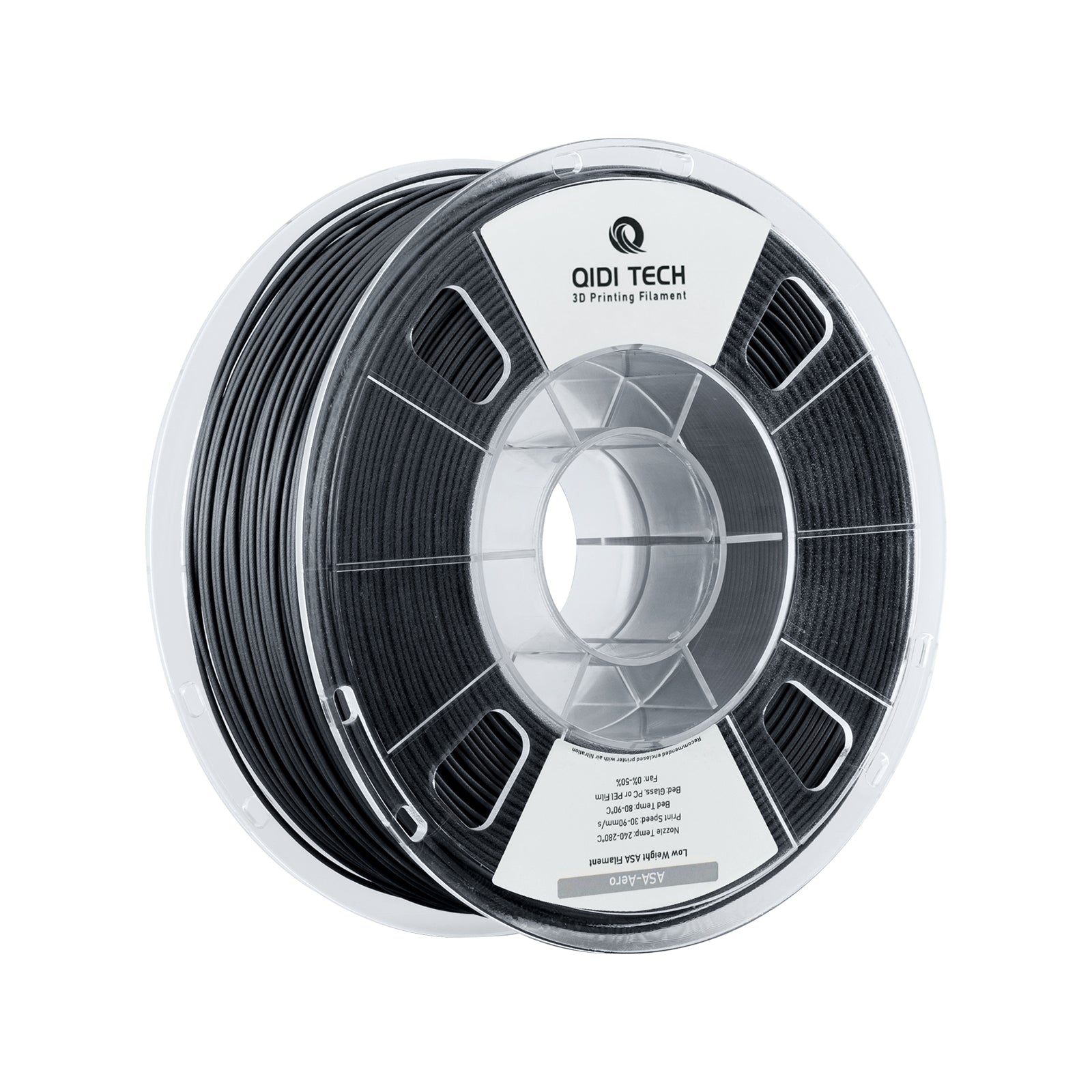Unlock the Secrets of ASA Filament: Why It's the Game-Changer for Your 3D Printing Projects!
In the ever-evolving world of 3D printing, ASA filament is making waves as a versatile and reliable material. Known for its impressive properties, this filament is quickly gaining popularity among hobbyists and professionals alike. Whether you're a seasoned expert or just starting your 3D printing journey, understanding ASA filament can unlock new possibilities for your projects. This article aims to explore the unique characteristics of ASA filament, its advantages over conventional materials, and its wide-ranging applications in the field of 3D printing. By the end, you'll have a solid grasp of why ASA might just be the game-changer your printing endeavors need!

Understanding ASA Filament
ASA, or Acrylonitrile Styrene Acrylate, is a thermoplastic that has gained traction as an alternative to ABS (Acrylonitrile Butadiene Styrene) and PLA (Polylactic Acid). ASA's composition includes styrene, acrylonitrile, and a rubber modifier, resulting in a material that boasts enhanced durability and resilience. Unlike PLA, which is biodegradable and more suited for indoor applications, ASA is engineered for outdoor use, thanks to its superior UV resistance. In comparison to ABS, ASA offers similar mechanical properties but with added benefits such as improved weather resistance and a lower tendency to warp during printing. For those who have tried both ABS and ASA, the consensus is clear: ASA is a step up when it comes to reliability and versatility in various environments.
Properties of ASA Filament
One of the standout features of ASA filament is its remarkable UV resistance, making it ideal for outdoor applications where exposure to sunlight can degrade other plastics. Additionally, ASA exhibits excellent temperature stability, allowing it to maintain its shape and structural integrity even in fluctuating temperatures. This filament also boasts impressive mechanical strength, giving it the ability to withstand impacts and stress without cracking or breaking. For newcomers to 3D printing, ASA is relatively easy to print with, requiring standard settings that most printers can accommodate. A friend of mine, an avid 3D printing enthusiast, swears by ASA for his outdoor projects, citing its durability as a key reason he keeps coming back to it time and again.
Applications of ASA Filament in 3D Printing
The applications of ASA filament are vast and varied. Its UV resistance and toughness make it an excellent choice for outdoor projects, such as garden fixtures or signage that need to withstand the elements. In the automotive industry, ASA is frequently used for functional prototypes and parts that require durability, such as dashboards and housings. Furthermore, its aesthetic finish allows for high-quality prints that can be used in consumer products. I've seen some incredible results from friends who have used ASA for their prototypes—one even created a custom car part that not only functioned perfectly but also looked great, showcasing the filament's versatility and visual appeal.
Best Practices for Printing with ASA Filament
To get the best results from ASA filament, there are a few best practices to keep in mind. First, ensure your printer is equipped with a heated bed, as this will help with adhesion and reduce the risk of warping. It's recommended to set the bed temperature between 80-100°C for optimal adhesion. Additionally, using an enclosure can help maintain a stable temperature during printing, further minimizing warping issues. For post-processing, ASA can be smoothed using acetone vapor, similar to ABS, which enhances its appearance and finish. A friend of mine found that these techniques not only improved the quality of her prints but also made the entire process more enjoyable and rewarding.
Exceptional Characteristics and Applications of ASA Filament
In summary, ASA filament is an exceptional material that offers numerous advantages for 3D printing enthusiasts and professionals alike. Its resistance to UV rays, temperature fluctuations, and mechanical stress makes it a go-to choice for outdoor projects and functional prototypes. By adhering to best practices in printing with ASA, you can achieve stunning results that are both durable and visually appealing. As you consider materials for your next 3D printing project, don't overlook the potential of ASA filament—it's a game-changer waiting to elevate your creations!








